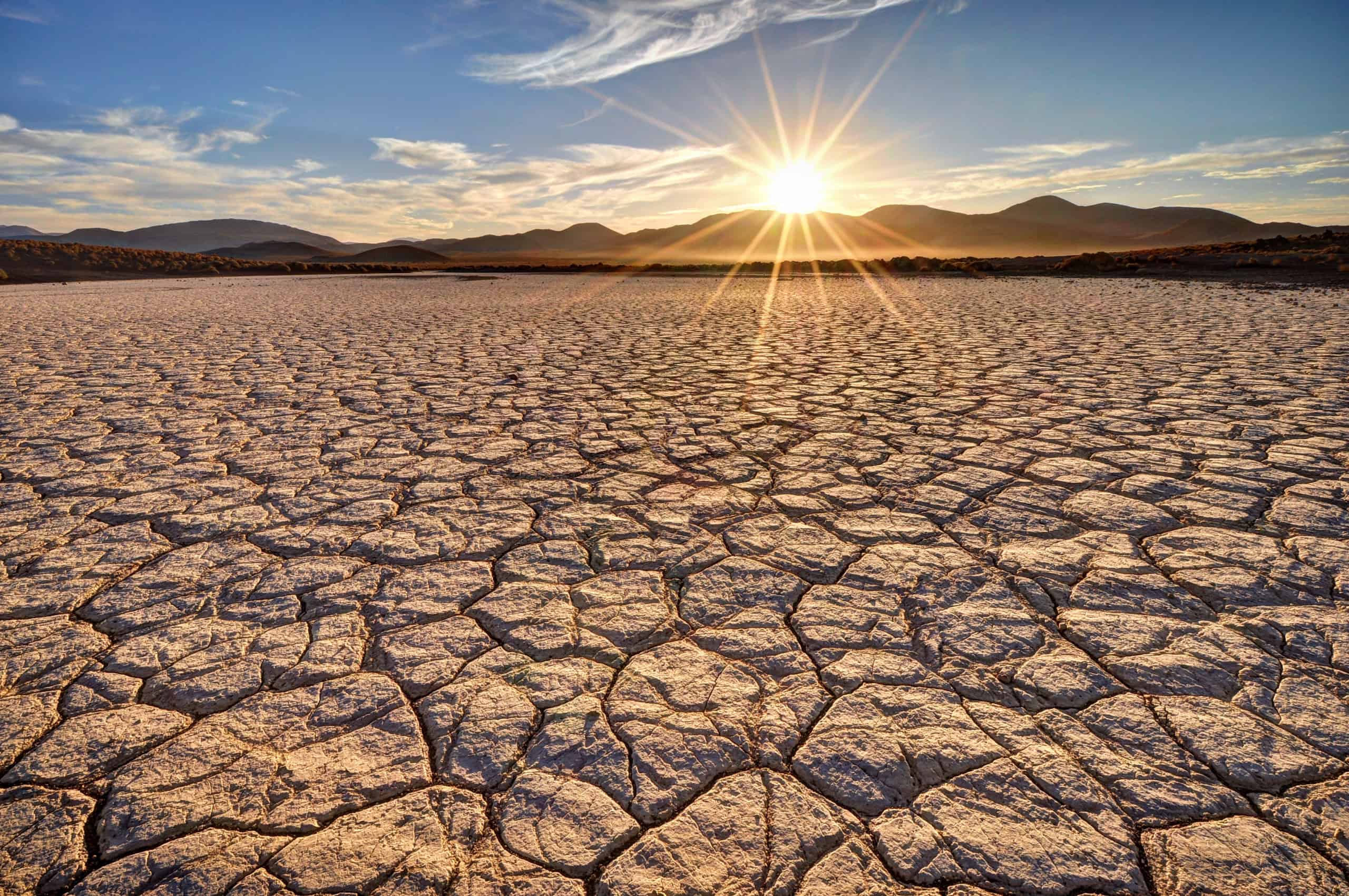One of the hidden dangers of the desert biome is causing some concern in the Salt Lake City area.

Reporting this past spring, and continuing news, shows the Great Salt Lake Commissioner’s office gathering collaborating parties to deal with some of the dried-up sediment coming off of a dry lake bed into nearby communities.
In places like Salt Lake City or Ogden and Farmington, scientists are finding that residents may be exposed to harmful toxins that become airborne in stormy or windy situations.
Doctoral students and others looking at the situation talk about a “toxic crust” on the lake that can include a variety of heavy metals, including lead and cadmium, as well as poison substances like arsenic.
That’s in addition to other fine particles called PM2.5 that can become embedded in the lungs and cause various respiratory issues like lung cancer or COPD.
Residents in many parts of the southwest have known for a while about a condition called ‘valley fever’ or ‘desert fever’, where inhaling particles can be harmful to your health. This particular condition comes from a fungal contaminant, but the presence of toxic metals and carcinogens in desert dust is its own concern, too.
The danger is greatest during sand or dust storms, where a lot of this particulate matter is kicked up and blown around. People worried about local exposure may end up wearing masks for their own safety.
Other examples in the region are also illustrative of how these problems happen – for instance, there’s the Owens Valley air pollution issue, where local authorities fined a utility company $21 million because of problems with dust on a 5-acre dry lake bed there. In this case, the issue had an effect on peoples’ water bills, but there’s also the health and safety of residence to be considered, and activists have been sounding the alarm bells for a while. Experts have referred to “immense sheets of powdery lung damaging particles that descended on towns downwind” and townspeople are rightly up in arms.
Stories like this show the results in terms of conflict between communities, but also the liability that parties will have to control dry lake bed sediment, or any other kinds of natural conditions that will cause dried-up dust to be picked up in the wind.
For those who are concerned about breathing these contaminants in, it might be helpful to talk mitigation.
Of course, it’s possible to examine the lake bed itself, and its effect on communities, to have a positive impact in your community. Aside from that, though, you’re dealing with these contaminants at the point of exposure. How do you do that?
In addition to wearing masks, there is one thing that residents can do to protect themselves better from these contaminants.
Essentially, all of this particulate can get inside your home and cycle in your home air.
That leads to a strategy that can help you to clean the indoor air in your home, and remove these harmful items from the space where you live, and where most of us spend most of our time.
The first step is to get an indoor air monitor that can detect contaminants in the air and show you what you’re dealing with. Another good step can be air duct cleaning of HVAC ductwork. Then you can also install air purifier machines to control the levels of pathogens or pollutants in the air.
You can put in a whole home system that will connect to the home’s ductwork, or put individual portable or free-standing machines in particular indoor spaces. For homes, there’s the Amaircare 3000 HEPA model, or the Austin Healthmate, or the Ideal 60 or 80 models.
Talk to US Air Purifiers LLC about what’s best for your personal planning. We know about all of the best new technology, including the HEPA filtration and carbon activation rated to remove the most particles from your indoor air. Get more from your purchase with a company that knows the business inside and out- and get peace of mind about what you breathe.